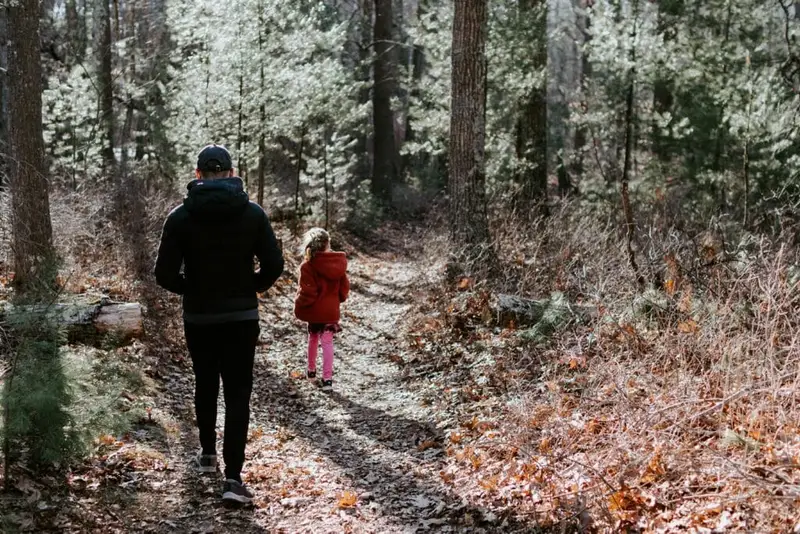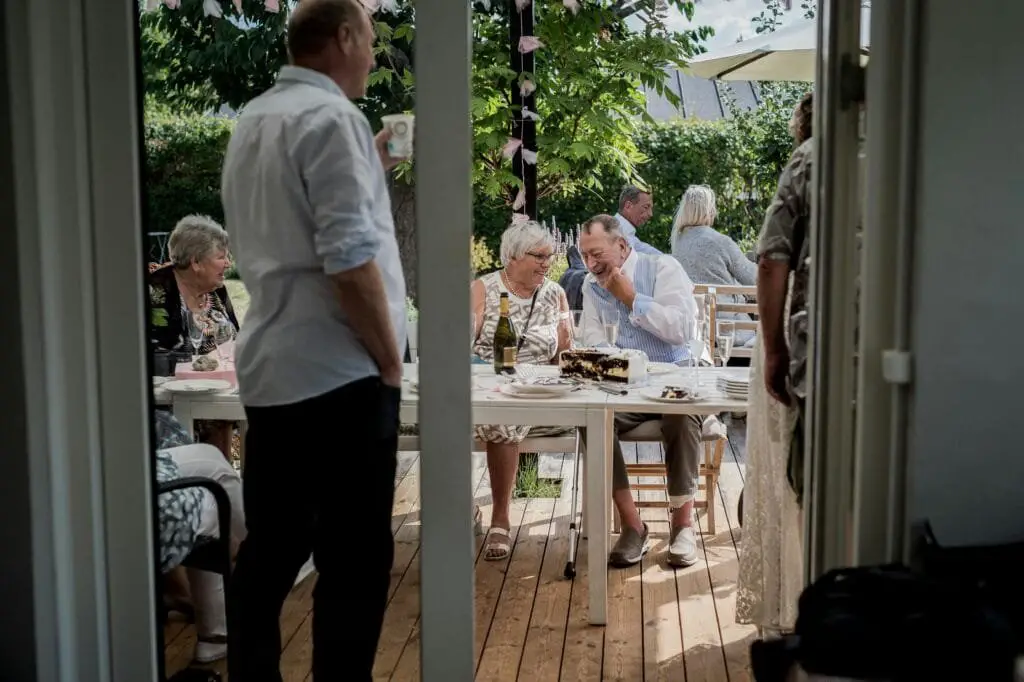1. The Pet Rock Obsession
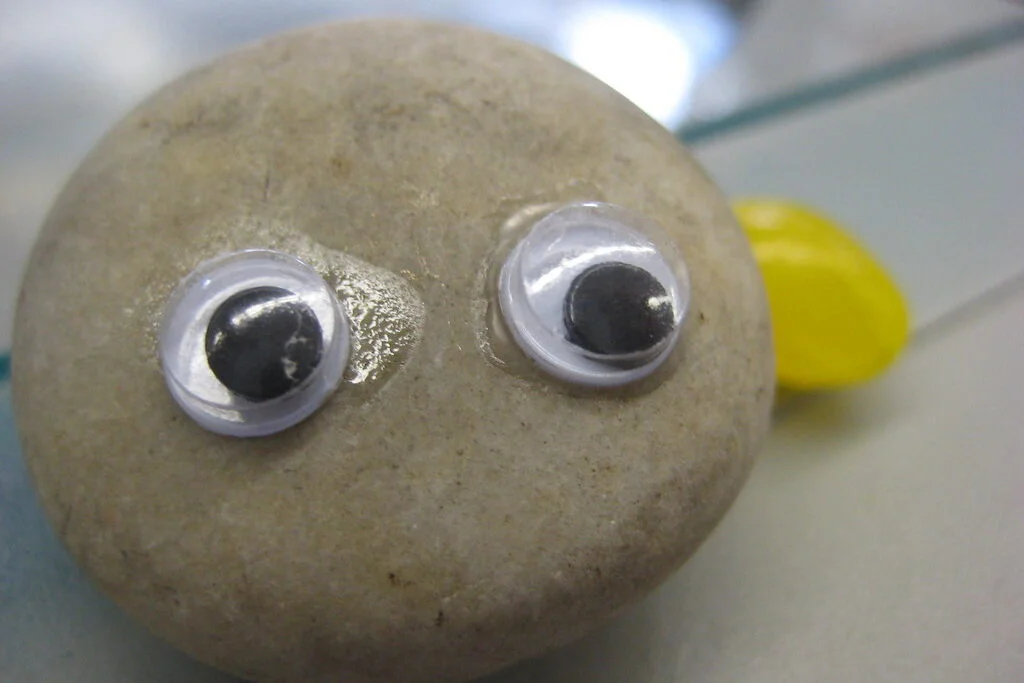
For a strange moment in the ‘70s, kids in small towns proudly carried around pet rocks like they were purebred puppies. The rocks came in cardboard “crates,” complete with breathing holes, which somehow made them feel alive. People named them, fed them pretend meals, and even made little beds out of shoeboxes. Every gift shop had a display, and parents couldn’t believe they were shelling out cash for something they could find in the driveway. It became a quirky trend that united playgrounds everywhere. Some kids even brought their rocks to school, hoping theirs would stand out. It was silly, but it gave everyone something to talk about.
Soon the magic wore off, and many pet rocks ended up in junk drawers or tossed back into the yard. Without the novelty, the idea started to feel a little too goofy. But for a brief period, it gave small towns something to giggle about and join in on. It’s one of those fads that makes you laugh when you remember they actually sold millions. It also showed how quickly a simple idea could spread before viral trends existed. In a way, it set the stage for every odd craze that followed.
2. Mood Rings
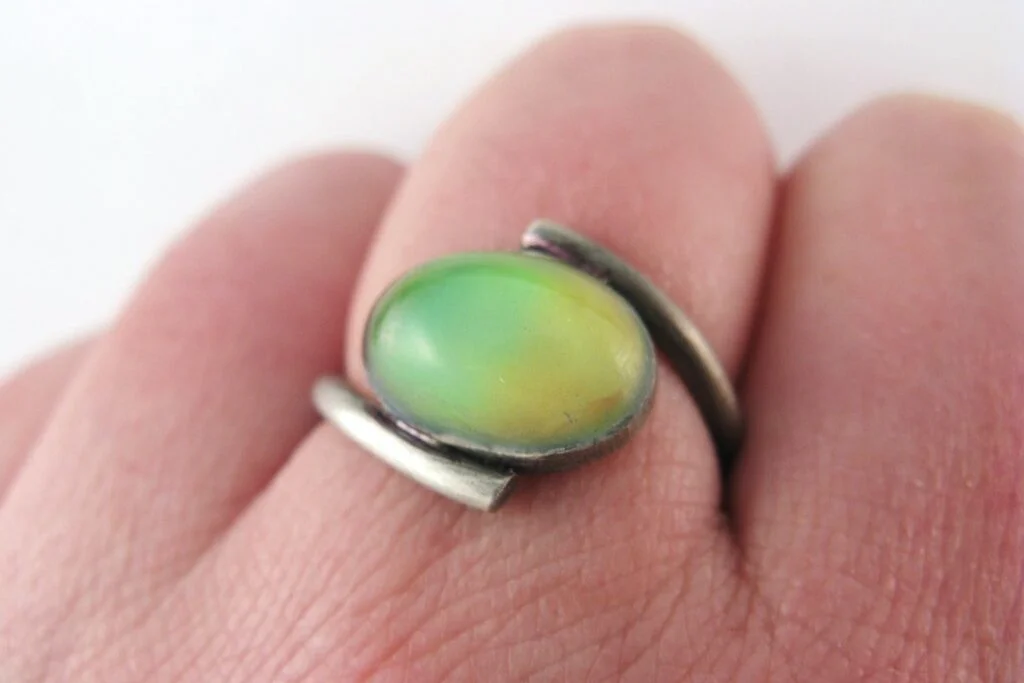
Mood rings showed up everywhere in the ‘70s, glowing with shifting colors that supposedly captured your feelings. Every kid wanted one, especially after seeing them in magazines or on TV. Shops at the mall and local fairs sold them in bins, promising to reveal if you were calm, stressed, or in love. It felt like magic, even though most of us didn’t understand the thermochromic science behind it. People checked their rings constantly, convinced the color revealed hidden truths. Small-town teens compared their moods between classes. It created a shared ritual that felt almost mystical.
Eventually, the excitement faded as people realized the ring mainly reacted to body heat. The colors didn’t always match actual emotions, which took away some of the charm. Still, mood rings stuck around long enough to define a specific moment in American nostalgia. Today, they pop up in retro shops and teen gift stores, a reminder of simpler times. And every time someone tries one on, they still glance down hoping it says something more.
3. Friendship Pins on Sneakers

In the ‘80s, friendship pins became the ultimate way to show who you were close to at school. Kids made them by threading tiny beads onto safety pins, then trading them like currency. The more pins you had on your sneakers, the more friendships you seemed to collect. It felt special to receive one, especially from someone you admired. Kids spent hours making color patterns that represented inside jokes or shared hobbies. Some even matched their pins to their favorite band or TV show. It became a crafty way to express identity long before social media.
Like many fads, the excitement faded as new trends pushed in. But anyone who lived through it remembers the satisfying clink of all those pins bouncing around as you walked. They were harmless, heartfelt, and a perfect reflection of small-town creativity. Occasionally, an old pair of sneakers still turns up with pins attached, instantly bringing back memories. It was a quiet but meaningful trend that defined a particular school-year vibe.
4. CB Radio Craze
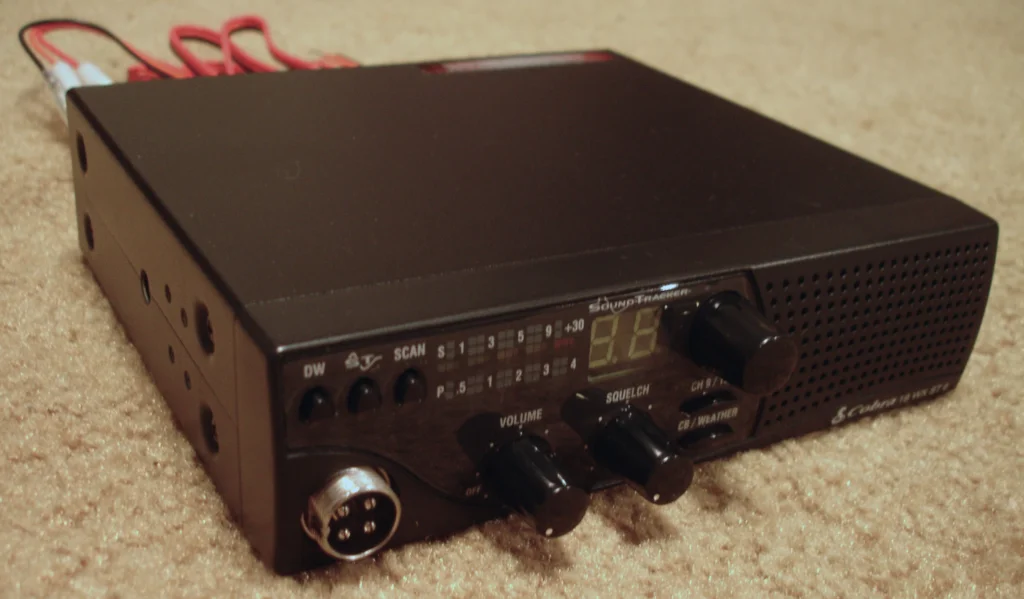
For a stretch in the ‘70s, CB radios became the coolest way for regular people to chat with strangers. Truckers popularized the slang-filled chatter, and soon families in small towns were installing sets at home. Everyone picked a “handle,” and kids loved feeling like secret agents on the airwaves. Even grandparents got in on it, listening to late-night conversations. Local enthusiasts organized meet-ups and shared tips on antennas. It created an early version of social networking before computers were in every house. The whole community felt connected in a new way.
But as technology advanced, CB radios slowly drifted into the background. Home phones, then cell phones, and eventually the internet made them feel old-fashioned. Still, the people who lived through that era remember the thrill of hearing their voice bounce through the static. It was a bonding moment for towns that didn’t always have much excitement. Today, some hobbyists keep it alive, but the craze that once swept through neighborhoods is mostly a memory.
5. Puka Shell Necklaces

Puka shell necklaces hit small towns hard in the late ‘70s and early ‘80s, making everyone feel just a little more beachy. Even kids far from the ocean embraced them like they were souvenirs from an exotic surf trip. They had a laid-back vibe that felt cool and slightly rebellious. Local boutiques stocked dozens of styles, and teens compared shell sizes like collectors. Wearing one made you feel part of something, even if you’d never seen the ocean. They also became a staple of school dances and summer carnivals. It was a simple accessory that held outsized meaning.
Eventually the trend fizzled, and the necklaces ended up tucked in jewelry boxes. They stopped matching the styles of the later ‘80s, which leaned more neon and high-gloss. But memories of those shells still strike a chord for anyone who lived through the fad. Today, their comeback cycles in and out, usually with a nostalgic twist. And every time they rise again, people remember how big of a deal they once were.
6. Troll Dolls
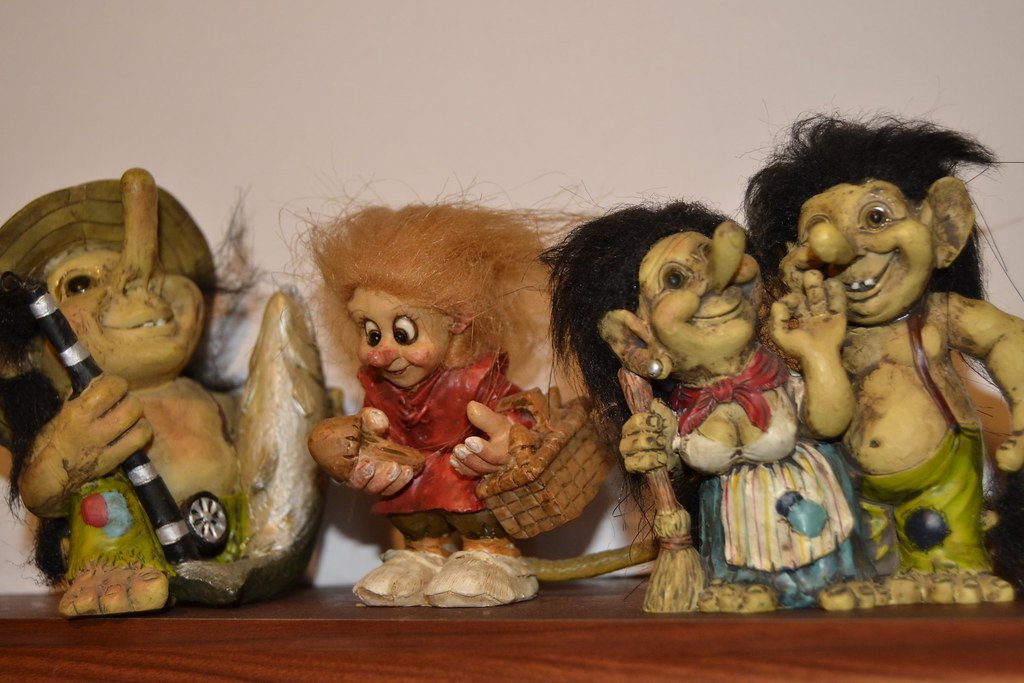
Troll dolls became an unexpected craze that spread from house to house almost overnight. Their neon hair and goofy smiles made them impossible to ignore. Kids collected them by the dozen, proudly arranging them on shelves. Local shops stocked themed versions, including cheerleader trolls, birthday trolls, and even holiday trolls. They showed up in classrooms, trading circles, and birthday gift bags. Each new release created a little buzz in town. They were silly but irresistible to young imaginations.
As newer toys replaced them, troll dolls faded from the spotlight. They still pop up in thrift stores and toy bins, often missing tufts of hair. But the memory of that bright-haired craze remains strong. It represents a moment when simple toys could captivate everyone without needing batteries or screens. Trolls later resurfaced with movie tie-ins, but the original fad holds its own place in small-town nostalgia. It’s a reminder of how quickly trends can sweep through childhood.
7. Fad Diet Booklets
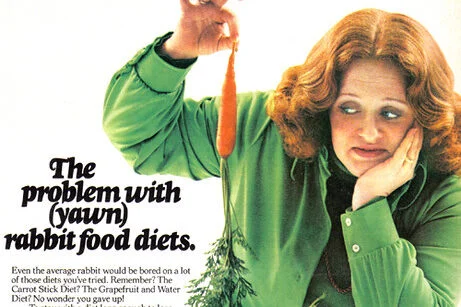
Small-town grocery stores once displayed racks of diet pamphlets promising quick fixes. These booklets were everywhere in the ‘70s and ‘80s, each claiming to unlock the secret to fast results. They often came with dramatic names that sounded just scientific enough to be believable. Families tried them together, swapping recipes and comparing progress. They created a sense of community, even if the results were rarely sustainable. Conversations at church or the hair salon often circled back to the latest booklet. It made dieting feel like a group effort, for better or worse.
As nutrition science advanced, these pamphlets started to look outdated. Many were quietly tossed when people realized the fads weren’t healthy or effective. But they remain part of the shared memory of those decades. People still laugh about the bizarre dishes some of these diets recommended. And while the pamphlets are mostly gone, the stories they left behind are unforgettable.
8. Waterbeds
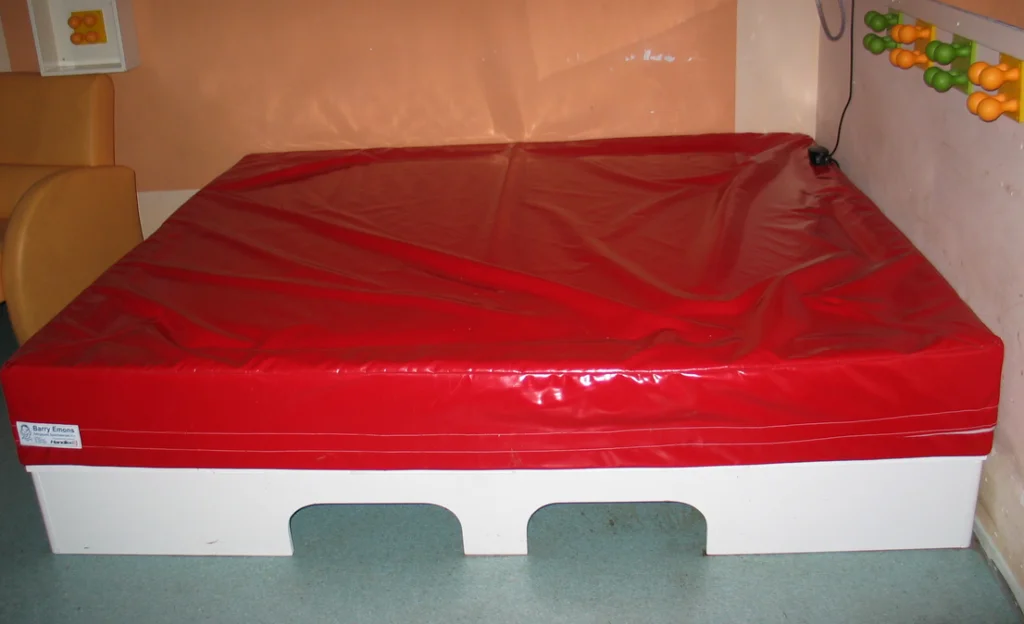
In the ‘80s, waterbeds were the height of cool, especially in small towns where new trends arrived slowly but hit hard. Everyone seemed fascinated by the idea of sleeping on water. Furniture stores displayed them like futuristic inventions, and families lined up to test the wobble. Kids begged their parents for one, imagining the bragging rights. Some people even believed they were better for your back. They became status symbols in teenage bedrooms across America. It felt like owning a tiny luxury resort.
Over time, leaks, mold issues, and heavy frames made them less appealing. They became more trouble than they were worth, and eventually manufacturers scaled back. Today, waterbeds are mostly a punchline or a quirky relic. But for those who had one, it was a moment of hometown glamour. The fad may have faded, but memories of sloshing into bed remain vivid.
9. Jell-O Salads at Every Event
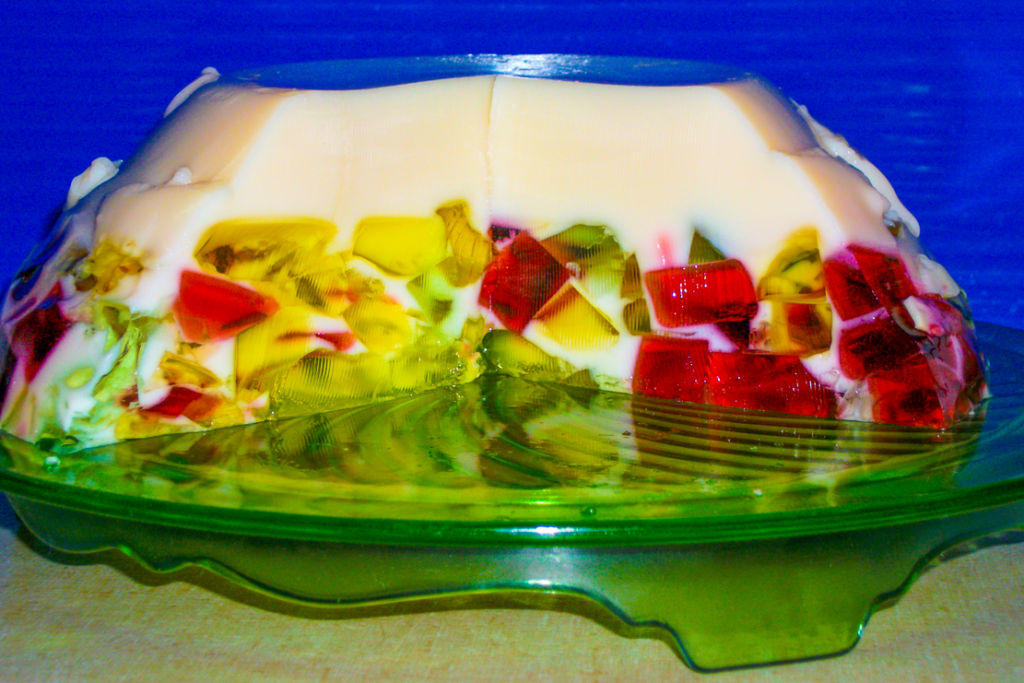
Potluck tables in small towns once overflowed with elaborate Jell-O salads. Every family had a recipe, often passed down or copied from church cookbooks. The salads were colorful, wiggly, and filled with everything from fruit cocktail to shredded carrots. People got creative, layering colors or adding whipped topping swirls. They became a staple of holidays, reunions, and bake sales. Showing up without one felt strange. Kids loved them, even when they couldn’t identify every ingredient.
Gradually, tastes shifted, and the salads became less popular. Newer desserts took their place on the table. But people still remember flipping through old recipe cards and finding gelatin creations that looked straight out of another world. The tradition left behind fond memories of community gatherings. And every once in a while, someone still makes one just for the nostalgia.
10. Scratch-and-Sniff Stickers

Kids in the ‘80s treated scratch-and-sniff stickers like they were treasures. They came in binders, sticker books, and reward charts at school. Certain scents became must-haves, like grape, bubblegum, or popcorn. Trading stickers at recess felt as serious as any business deal. Teachers used them as incentives, and kids worked hard to earn them. Shops sold them in packs next to greeting cards. It was a small but exciting way to brighten the day.
As sticker collecting lost popularity, these scented wonders faded into the background. Some old books still carry a faint smell if you scratch them today. They instantly transport people back to elementary-school hallways. It’s a simple reminder of how joyful small things could be. And like many fads, they pop up again now and then for a new generation.
11. Inflatable Furniture

Inflatable chairs and couches made a surprising splash in the late ‘90s and early 2000s. They were bright, cheap, and perfect for teens wanting to update their bedrooms. Small-town stores stocked entire aisles of them, usually in neon colors. Friends compared which shapes they had, and everyone loved the novelty of sitting in something that felt like a pool float. They also made great gifts for slumber parties. The furniture looked futuristic in its own goofy way. It was fun, if not exactly practical.
Over time, the issues became obvious, especially when they deflated overnight. Pets punctured them, and seams split under pressure. Eventually, the fad faded as sturdier furniture returned to favor. But those who owned an inflatable chair remember that first thrilling moment of blowing it up. It was a staple of teen bedrooms during that quirky era. Even today, spotting one feels like opening a time capsule.
12. Tupperware Parties
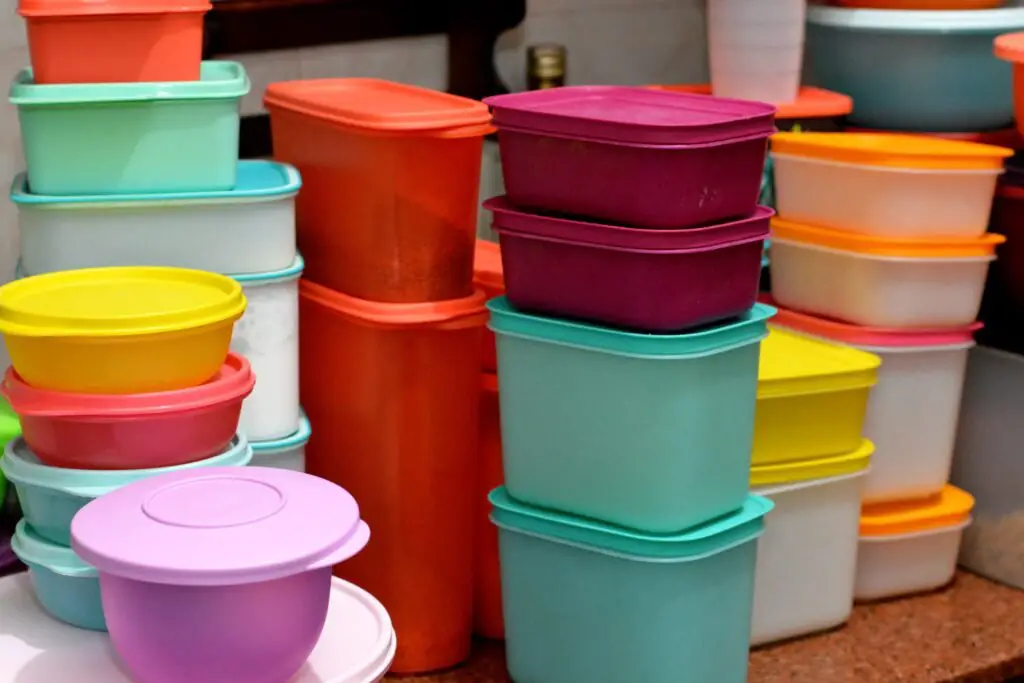
Tupperware parties once counted as big social events in small-town America. Women gathered in living rooms to see demonstrations and chat. It was part shopping trip, part hangout, and part bonding ritual. Kids peeked around corners, fascinated by the brightly colored containers. Hosts took pride in organizing the perfect party, sometimes including snacks or games. It felt like a small celebration built around everyday objects. And participants loved going home with new matching sets.
As online shopping rose, the party format lost steam. Fewer people wanted to commit to an evening for plastic containers. But the memories of those gatherings still linger warmly. The parties created friendships and stories that outlasted the products themselves. And vintage Tupperware still sparks joy for anyone who remembers the original trend.
13. Country Line Dancing

In the ‘90s, country line dancing exploded into small-town community halls and bars. Songs like “Achy Breaky Heart” made everyone want to jump in. Classes popped up at gyms, schools, and even senior centers. People wore matching boots and practiced moves together. It created a sense of fun that brought all ages onto the same floor. Couples and singles alike felt welcome. It added excitement to otherwise quiet Friday nights.
Eventually, the trend mellowed as new music styles took hold. But many communities still have pockets where the tradition thrives. Seeing an old video of those routines brings back instant nostalgia. The fad once gave towns a social glue that kept people connected. And during its peak, it felt like the whole country was dancing in unison.
14. Beanie Baby Mania

Beanie Babies swept through small towns with unbelievable intensity in the ‘90s. Kids collected them, but so did adults who believed they’d skyrocket in value. Shops rationed them, posting signs with limits. Families lined up before opening hours for the latest release. It created a frenzy where everyone hunted for the rarest versions. Trading became almost competitive. It felt like treasure hunting in your own backyard.
When the bubble burst, many realized their collections weren’t the goldmines they hoped for. But the memories of the chase still sparkle for those who lived through it. The excitement brought people together, sometimes in the funniest ways. Today, bins of Beanies turn up in thrift stores, but the stories remain priceless. It’s a defining snapshot of small-town life in the ‘90s.

